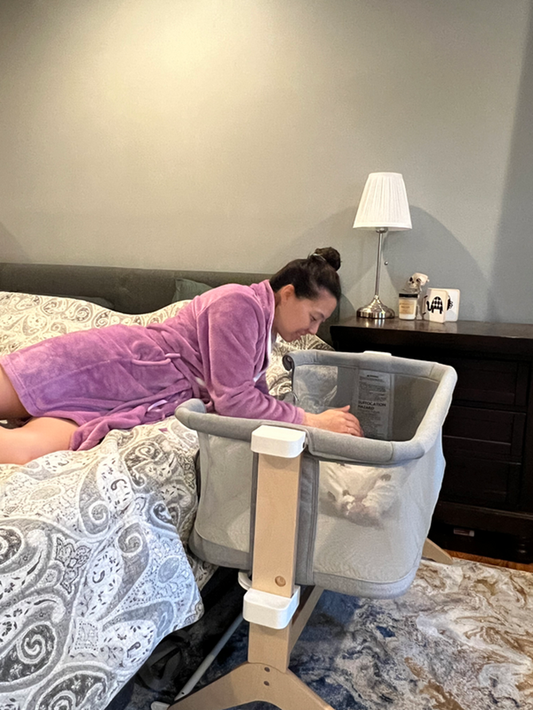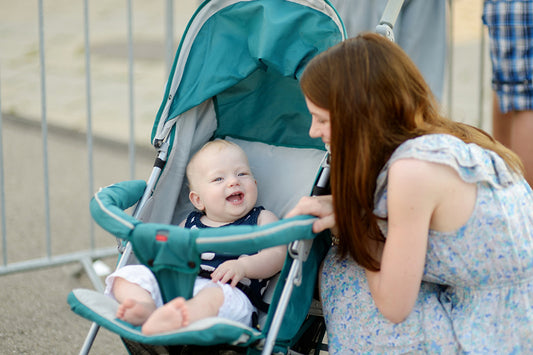When to Transition Your Baby to a Crib: A Guide for Parents
Your little one has been sleeping soundly in their bassinet since you brought them home from the hospital. But now they’re getting bigger, and you know they’ll soon outgrow their little bed. If you’re wondering when to transition your baby to a crib, keep reading.









